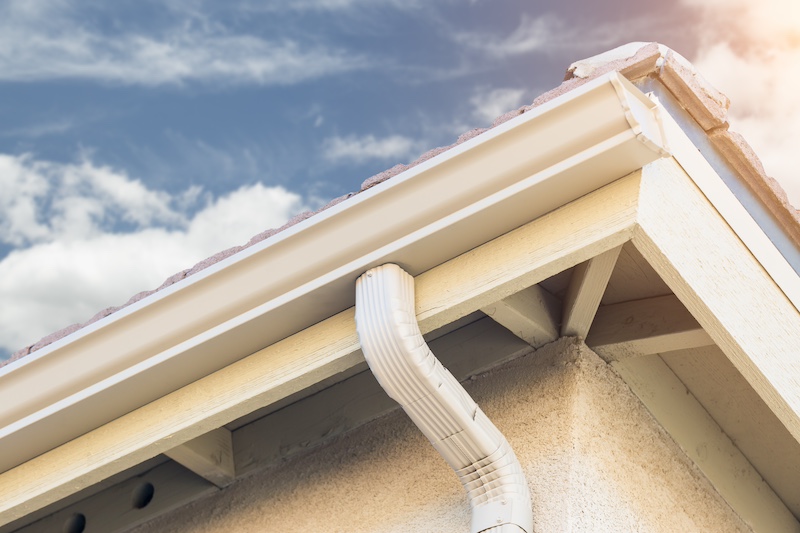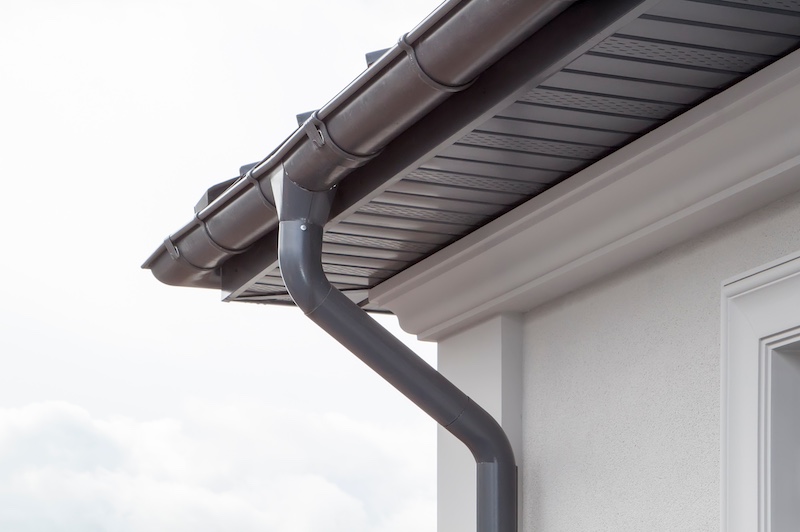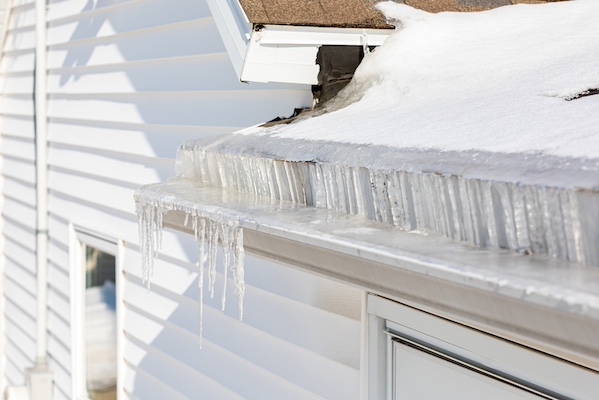A Comprehensive Guide to Replacing Your Gutters

Gutters are crucial in safeguarding your home from water damage by channeling rainwater away from the foundation. Over time, however, gutters can become worn, damaged, or clogged, compromising their effectiveness. Consider replacing your gutters if you notice signs of deterioration, such as leaks, sagging, or rust
Assessment and Planning:
Before embarking on a gutter replacement project, thoroughly assess your existing gutters. Identify areas of damage, leaks, or signs of wear. Consider the type of gutter material currently in use, as well as the style and size of the gutters. This assessment will guide your decision-making process and help you determine the necessary materials for the replacement.
Choose the Right Materials:
Selecting the right materials for your new gutters ensures longevity and effectiveness. Common gutter materials include aluminum, vinyl, steel, and copper. Each material has advantages and drawbacks, such as durability, cost, and maintenance requirements. Additionally, choose a suitable gutter profile or shape that complements the architectural style of your home.
Gather Necessary Tools and Supplies:
Once you've chosen the materials, gather the tools and supplies needed for the replacement project. Typical tools may include a ladder, tape measure, drills, screwdrivers, hacksaws, and safety gear such as gloves and goggles. Ensure you have the correct fasteners and hangers for your chosen gutter material.
Remove Old Gutters:
Begin the replacement process by safely removing the old gutters. Carefully detach them from the fascia and downspouts, taking note of any damaged areas that may require repairs to the underlying structure. Dispose of the old gutters responsibly, recycling materials where possible.
Install New Gutters:
Follow the manufacturer's guidelines for installing the new gutters. Start by attaching the gutter hangers to the fascia, ensuring they are spaced correctly for optimal support. Snap or screw the gutter sections into place, securing them to the hangers. Pay special attention to the slope of the gutters to ensure proper water drainage towards the downspouts.
Install Downspouts and Accessories:
Attach the downspouts to the gutters, positioning them strategically to direct water away from the foundation. Install any necessary accessories, such as gutter guards or screens, to prevent debris buildup and reduce maintenance efforts.
Test for Leaks and Adjust as Needed:
Once the gutters are installed, run water through them to check for leaks or improper drainage. Make necessary adjustments to ensure water flows smoothly and consistently throughout the system.
Regular Maintenance:
To prolong the life of your new gutters, incorporate regular maintenance into your home care routine. Clean gutters and downspouts regularly to prevent clogs and inspect for any signs of damage. Promptly address any issues to avoid more extensive repairs down the line.
Replacing your gutters is a practical investment in the protection and aesthetics of your home. By carefully assessing your needs, choosing suitable materials, and following proper installation procedures, you can ensure a functional and visually appealing gutter system that effectively safeguards your home from water damage for years to come.
Leafguard is your best choice if you plan to replace your gutters. Leafguard is made with aluminum, which won't rust and is 20% stronger than standard gutters, so you won't have any issues with sagging. Leafguard is guaranteed never to clog.*
Leafguard – Get it today. Protected for life.
*Guaranteed not to clog, or we will clean your gutters for free.
-
Preventing Snow and Ice Accumulation in Your Gutters
-
Exploring the Various Types of Gutters for Your Home

Exploring the Various Types of Gutters for Your Home
This article will explore the different gutters, each with unique features and benefits.
